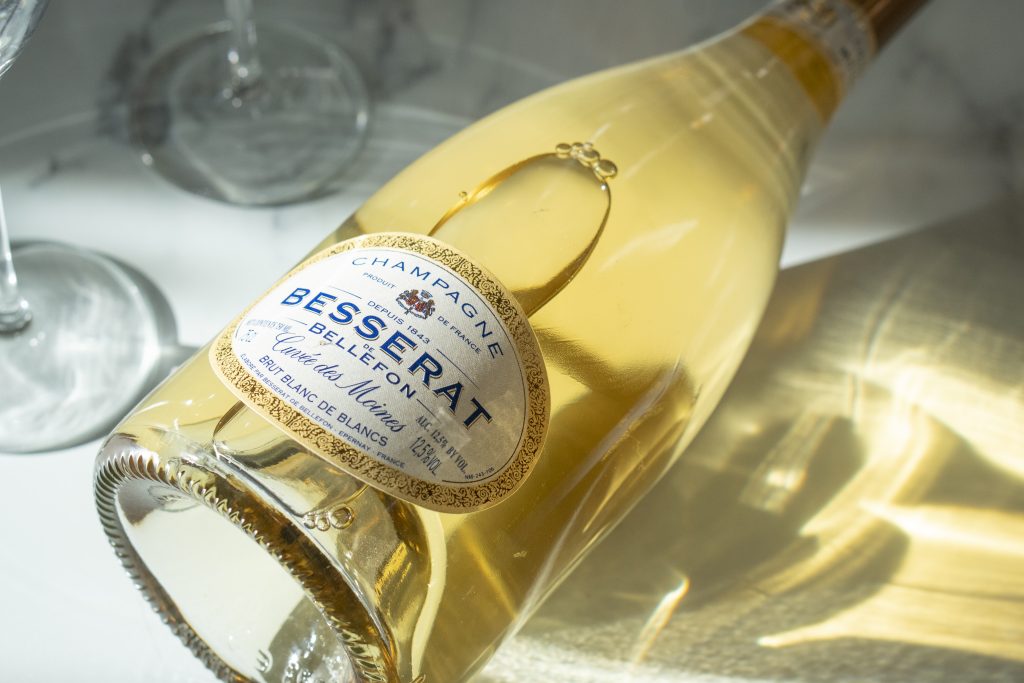Pop The Bubbly!
By Maura Keller | Photos by Holly Leitner
Whether it’s champagne or brut or prosecco, there’s an art (and science) to making bubbly, exceptional sparkling wines. In light of the upcoming holiday season and all the wedding celebrations that will take place during it, it’s time to dive into the wine aisles. We asked Beth Tumas, owner of the Bottle Shoppe in Lake Geneva, WI, to share her insights about the various bubbly options and how to choose which is right for each situation.
According to Tumas, in the simplest sense, sparkling wine can be adequately described as “wine with bubbles.” She explains that each wine-making region around the world has a different name for the sparkling wine that is made there. Often, people use the generic term “champagne,” but by French law, only the geographic region of Champagne in France can officially call their sparkling wine “champagne,” – it has to be made in that region using the specific process called the méthode champenoise. (The only exception to this French law is Korbel California Champagne, which, thanks to a 100-year-old-loophole, can legally label their méthode champenoise-produced champagne as “California Champagne.”)

“The grapes and the method of making the champagne is highly regulated by the wine authorities of each region,” Tumas adds. “The wine is bottled and left to sit for years before the wine has been aged enough for the bubbles to be created. The grapes used to make the wine are regulated by the authorities for each wine region.”
When it comes to choosing the right option for each meal, Tumas says it depends on the situation and the food being served. “Sparkling wine is a great reception wine for a dinner party or gathering,” she says. “It freshens everyone’s palate. Mild cheeses and fruits like grapes and strawberries make for a nice pairing. I find that the taste of the wine is too good to add too many flavors to it!”
Just as the variety of sparkling wines are vast, so too are the price points. As Tumas explains, some of the wine producers hand-pick the grapes, which allows for a better quality of wine. But this also comes with a price tag. “Sparkling wine can start at $5 a bottle while a rarer production of champagne will be $2,000 per bottle,” Tumas says. “The average consumer will spend $20-$30 on a nice bottle of sparkling wine and be happy with what is in their glass. A glass of bubbly is a great way to start the day or end the day. They make us smile.”
Types of Sparkling Wines
- Champagne. Made using the méthode champenoise from grapes grown in the Champagne region of France.
- Cava. This version from Spain uses native grapes with a splash of chardonnay.
- Prosecco. A sweet, sparkling wine from Italy can be produced as a still wine, a semi-sparkling wine (frizzante) or a fully sparkling wine (spumante).
- Crémant. A less effervescent sparkling wine made in France and Luxembourg – crémant literally means “creamy.”
- Brut. A dryer, less sweet sparkling wine made in many different wine-making regions.

Thirsty yet? Check out more beverage content here.
Article courtesy of At The Lake




